Area Where TACMINA Was Founded
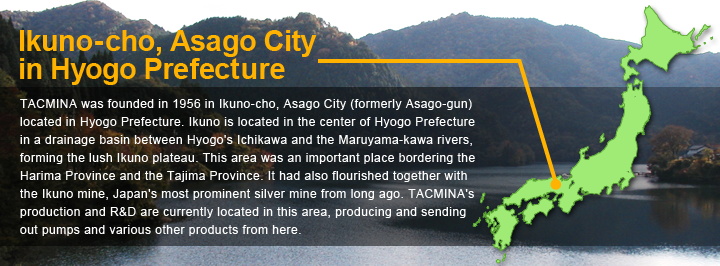
History of Ikuno
Development With Mining
Ikuno mining has a long history that dates back to the early Heian period in the year 807 when the mine first opened.
Mining in the more modern sense started during the Muromachi period. A silver lode was discovered in 1542 by Suketoyo Yamana, a defense guard of the Tajima Province.
Thereafter, it was largely developed as the most prominent silver mine in Japan and as a result, it coined the phrase and made Ikuno synonymous with silver: "Sado gold and Ikuno silver."
Oda Nobunaga and Toyotomi Hideyoshi both held control of the area and ruled Ikuno directly. The Tokugawa shogunate during the Edo period assigned a magistrate and governor to control the area and developed the mine. During the peak of its development, the mine produced approximately 500 kilograms per month and the local population exceeded more than 20,000 residents.
 Picture scroll of mining (Edo period)
Picture scroll of mining (Edo period)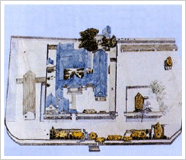 Magistrate's office
Magistrate's office
Prosperity as a Modern Mining City
After the Meiji Restoration, Ikuno was restored as Japan's first government controlled mine. Among the mining engineers used, Jean Francisque Coignet stands out and was invited to come from France. Mining here became a model for modern mining techniques throughout Japan for large scale development.
In order to transport the ores and minerals, in 1878, "Gin No Basha Michi" (Literally 'Road for horse driven silver wagon') became Japan's first industrial expressway, which connected Ikuno with the Port of Himeji on the Seto Inland Sea. Later in 1894, the expressway was converted into a railroad.
In the surrounding area, factories and housing for workers would come into existence at the same time, forming an unprecedented and modern mining city.
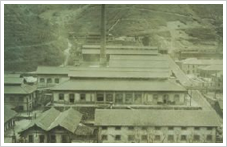 Mining headquarters
Mining headquarters
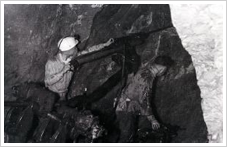 Mining site
Mining site
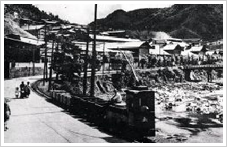 Railroad for handcar
Railroad for handcar
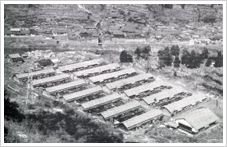 House owned by mining company
House owned by mining company
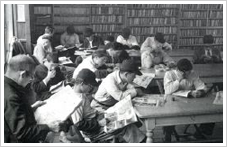 Mining library
Mining library
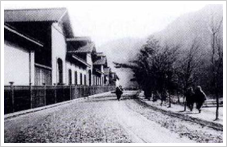 "Gin No Basha Michi" (Literally 'Road for horse driven silver wagon')
"Gin No Basha Michi" (Literally 'Road for horse driven silver wagon')
Post War Era to Present Day
After the war, Ikuno continued mining operations as Japan's most prominent mine together with the neighboring Mikobata mine and Akenobe mine. These operations contributed to the reconstruction and rapid economic growth. The operations closed in 1973 and the site has been preserved as a place of historic interest.
Ikuno's current landscape conceals much of the prosperity of the old times, such as the traditional townhouses used for government housing or merchant remitters, the western style buildings constructed to imitate foreign residences and the stone walls made from slag that came from the smelting and refinement of silver and copper ore.
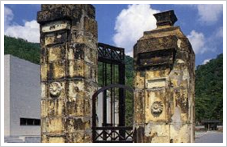 Stone pillar gate (with Imperial chrysanthemum emblem)
Stone pillar gate (with Imperial chrysanthemum emblem)
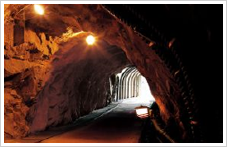 Shaft entrance
Shaft entrance
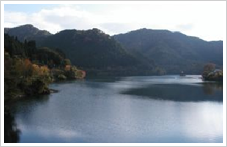 Ginzan Lake
Ginzan Lake
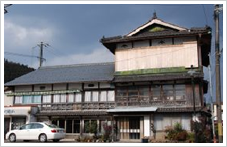 Old Kusaka Inn (Constructed in 1910)
Old Kusaka Inn (Constructed in 1910)
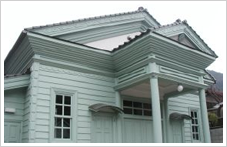 Old police station (Constructed in 1886)
Old police station (Constructed in 1886)
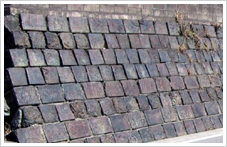 Slag stone wall
Slag stone wall
- * The pictures on this page were provided by the Ikuno branch office for Asago City Hall.


